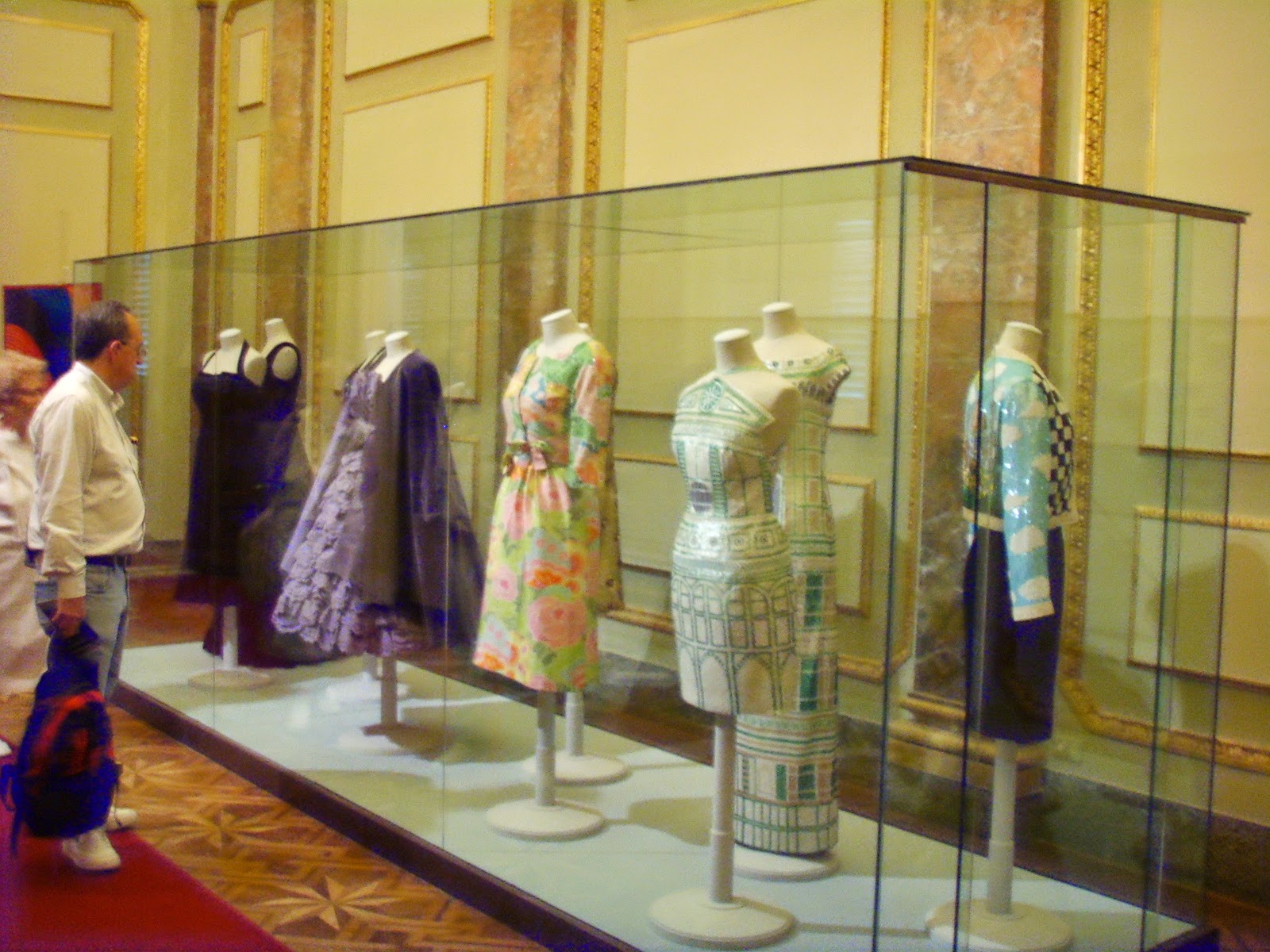
Author: Gayane Simonyan
The Costume Gallery in Palazzo Pitti in Florence displays the exhibitions of the collections of historical accessories and clothes that had previously been stored in the warehouses of the palace.
The collections cover the period from the 18th century to the present-day but there are also rare examples of the 16th century.
Costume Gallery collections include around ninety theatre costumes as well belonging to the cornerstone of the history of Italian show business, Sartoria Tirelli, which were given to the museum together with a huge number of historical clothes by Umberto Tirelli.
The exhibition now starts with Rosa Genoni who was born in 1887 in Tirano, Italy, and by the time she was eighteen, was involved in socialist workers’ clubs. She was the first person in the history of Fashion to support the concept of “Made in Italy”. Taking Italian Renaissance art as her inspiration for both the structure of her creations and textile decorations, she was deeply committed to improving the position of women in the workplace, and collaborated with the Società Umanitaria vocational school for girls as teacher and director, and was the first teacher in the History of Italian Costume. The dresses Rosa presented at the International Exhibition in Milan in 1906, where inspired by Botticelli, Pisanello, Raffaello, Mantegna and Ghirlandaio and fully embodied her ideas.
She also wrote the first book in the history of Fashion. This section features two of her masterpieces, the Court Cape based on a watercolor by Pisanello, and the ball dress inspired by Botticelli’s Primavera.
The next is Patty Pravo born in Venice, Italy in 1948 who was an Italian pop singer whose career spanned for more than four decades.
“Patty Pravo doesn’t actually exist, she is an abstraction, an essence, a wicked and angelic alien flower that blossomed in the wild garden of music” said Gino Castaldo, an Italian journalist and a critic of music.
The list is continued by Anna Piaggi born in Milan in 1931. She was a fashion journalist, author and collector; an icon of eccentric extravagant and provocative style, but also an elegant woman famous for having invented vintage long before it became fashionable.
Maria Cumani Quasimodo- wife, life-companion and muse of the author and poet Salvatore Quasimodo- was born in Milan on 20 May, 1908. The dresses she wore as a dancer and actress, and sometimes mixing the stage with real life, have been ennobled by their unique historical value. These dresses are one of the main decorations of the exhibition.
In the next hall of the gallery, you can find any type of hat from the most extraordinary to the most simple, from the very old to the very modern. An example is a Capello/ hat, 1993 Gianfranco Ferre.
The next hall is decorated by the costumes of Lietta Cavalli who holds a very unique place in the world of fashion and who has always considered fashion as the means of implementing her artistic work since she was interested in everything textile that can cover, decorate and transform the body. Yarns are her medium for producing art and clothing and she is using the “wrong” side of knitted fabrics for clothing.
Flora Wiechmann Savioli born in Florence in 1917 in a large family. From 50th to 1968 Flora devoted her creative talents to making jewellery, setting quartz and semiprecious stones in silver, steel, iron and brass. Her inspiration was always husband and life companion, Leonardo Savioli.
The next is Angela Caputi who is Florentine by adoption and who presented her first collection in 1975. Her creations, untouched by industrial process, are important examples of Made in Italy craftsmanship. Materials she used include but are not limited in lightweight and pliable synthetic resins.


